DIY Strawberry Growing: Your Guide to a Sweet Harvest
DIY Strawberry Growing has always fascinated me, and I’m thrilled to share my passion and expertise with you! Forget expensive, underwhelming supermarket strawberries – imagine biting into a sun-ripened, juicy berry you’ve grown yourself, bursting with flavor. That’s the magic of DIY strawberry growing, and it’s easier than you think.
Growing strawberries isn’t just a modern hobby; it’s a tradition with deep roots. From ancient Roman times, when strawberries were prized for their medicinal properties as well as their taste, to their modern-day popularity, these little gems have held a special place in cultures worldwide. This rich history makes cultivating your own strawberries even more rewarding.
Why Grow Your Own?
In today’s world, where we’re increasingly conscious of where our food comes from and how it’s grown, DIY strawberry growing offers a fantastic solution. You’ll know exactly what’s gone into your berries – no pesticides, no artificial fertilizers, just sunshine, water, and a little bit of love. Plus, the taste difference is incredible! Store-bought strawberries often lack the intense sweetness and vibrant aroma of homegrown ones. This DIY approach allows you to control the entire process, ensuring you get the highest quality, most delicious strawberries possible.
This article is your complete guide to DIY strawberry growing, packed with simple tricks and techniques to help you achieve a bountiful harvest. We’ll cover everything from choosing the right variety and preparing your soil to dealing with common pests and diseases. So, let’s get started on your journey to delicious, homegrown strawberries! Get ready to experience the joy of DIY strawberry growing!
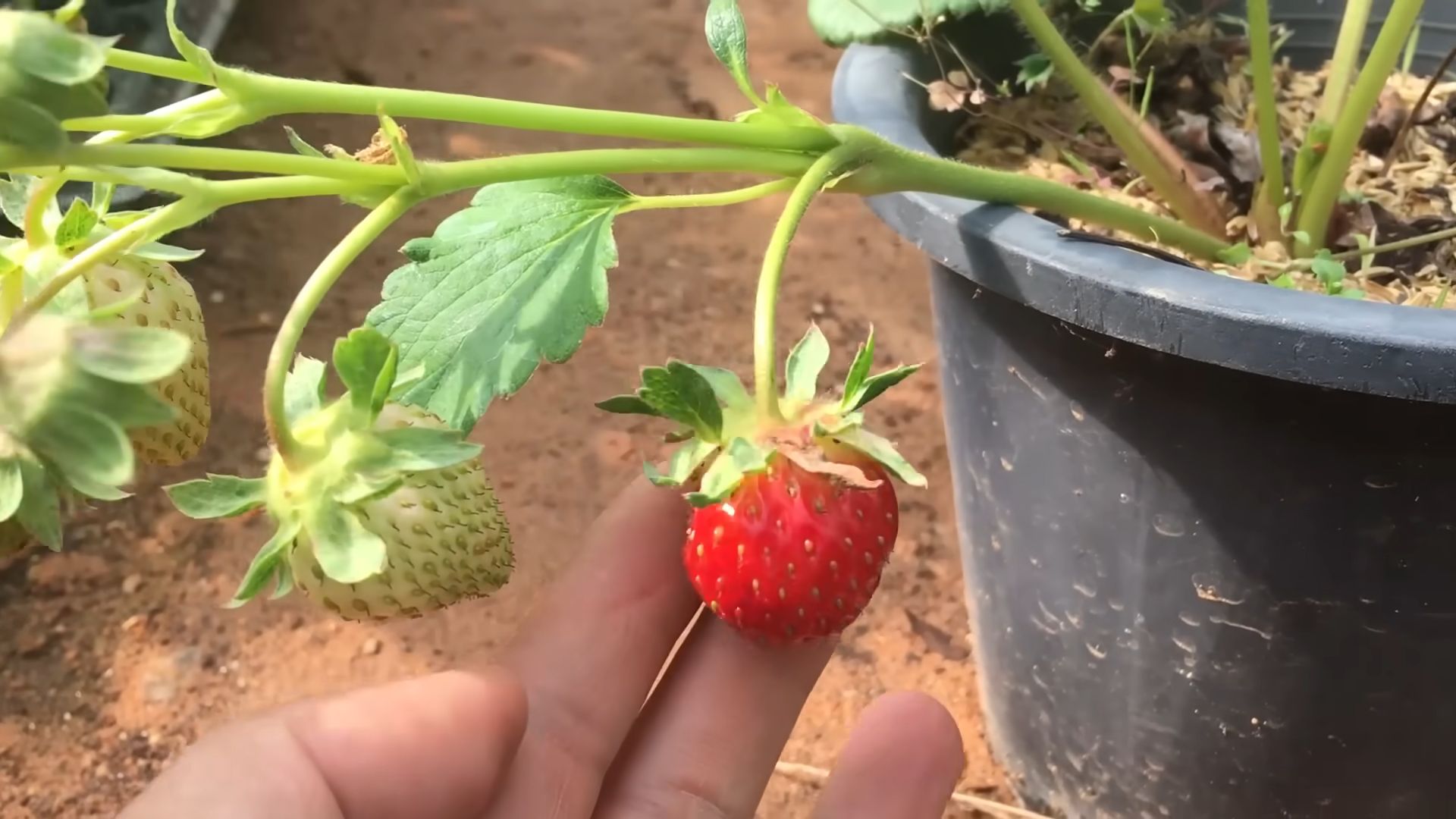
Growing Your Own Strawberries: A Complete DIY Guide
I love strawberries! The juicy sweetness, the vibrant red color… nothing beats a homegrown strawberry. And the best part? Growing your own is easier than you think! This guide will walk you through everything you need to know, from choosing the right plants to harvesting your delicious bounty.
Choosing Your Strawberry Plants
- Decide on the type: There are June-bearing, everbearing, and day-neutral varieties. June-bearing strawberries produce a large crop once a year, typically in June. Everbearing strawberries produce smaller crops throughout the growing season. Day-neutral strawberries produce fruit continuously throughout the summer, as long as conditions are right. Consider your climate and how much fruit you want to harvest when making your choice.
- Buy healthy plants: Look for plants with healthy, green leaves and strong roots. Avoid plants with signs of disease or pests. Your local nursery is a great place to start, or you can order plants online. Make sure to check reviews before ordering online!
- Consider the quantity: Start small if you’re a beginner. A few plants will give you a good idea of the process and a taste of your own homegrown strawberries. You can always expand your strawberry patch later.
Preparing Your Growing Space
- Choose a sunny location: Strawberries need at least six to eight hours of sunlight per day. Find a spot in your yard that gets plenty of sun.
- Prepare the soil: Strawberries thrive in well-drained soil that’s rich in organic matter. Amend your soil with compost or other organic materials to improve drainage and fertility. A soil test can help you determine what your soil needs.
- Consider raised beds or containers: Raised beds or containers offer excellent drainage and can make it easier to manage weeds and pests. If you have poor soil drainage, this is a great option. Containers are also ideal for smaller spaces.
- Improve soil drainage: If you’re planting directly in the ground, make sure the soil drains well. Amend heavy clay soils with sand or perlite to improve drainage. Poor drainage can lead to root rot.
Planting Your Strawberry Plants
- Plant at the right time: The best time to plant strawberries is in spring or fall. Spring planting allows the plants to establish themselves before the hot summer months. Fall planting gives the plants time to root before winter.
- Dig planting holes: Dig holes that are deep enough to accommodate the roots of your strawberry plants. The crown (the point where the roots and leaves meet) should be at or slightly above the soil surface.
- Space plants appropriately: Space your plants according to the variety you’ve chosen. Check the plant tag for spacing recommendations. Overcrowding can lead to reduced yields and increased disease.
- Water thoroughly: After planting, water your strawberry plants thoroughly to help them settle in. Make sure the soil is moist but not waterlogged.
Caring for Your Strawberry Plants
- Water regularly: Strawberries need consistent moisture, especially during dry periods. Water deeply and regularly, but avoid overwatering, which can lead to root rot. A soaker hose or drip irrigation system is ideal for efficient watering.
- Mulch around the plants: Applying a layer of mulch, such as straw or shredded bark, helps retain moisture, suppress weeds, and regulate soil temperature. This will also help keep the berries clean.
- Fertilize as needed: Feed your strawberry plants with a balanced fertilizer in spring and early summer. Follow the instructions on the fertilizer package. Over-fertilizing can harm your plants.
- Control weeds: Regularly remove weeds to prevent them from competing with your strawberry plants for water and nutrients. Mulching helps significantly with weed control.
- Protect from pests and diseases: Monitor your plants regularly for signs of pests or diseases. Take appropriate action if you find any problems. This might involve using organic pest control methods or removing affected plants.
Harvesting Your Strawberries
- Harvest when ripe: Strawberries are ready to harvest when they are fully colored and slightly soft to the touch. Don’t wait too long, as overripe strawberries will be mushy and less flavorful.
- Harvest gently: Gently pull or twist the ripe strawberries from the plant, being careful not to damage the plant or the remaining berries.
- Enjoy your harvest: Eat your freshly picked strawberries immediately or use them in your favorite recipes. They are delicious on their own, in jams, pies, or smoothies!
Maintaining Your Strawberry Patch
- Remove spent flowers: For June-bearing varieties, remove spent flowers after the main harvest to prevent the plant from putting energy into producing more fruit that won’t ripen before the first frost.
- Prune runners: Runners are the stems that grow out from the main plant and produce new plants. For June-bearing varieties, you can remove runners to keep the plants focused on fruit production. For everbearing and day-neutral varieties, you can let some runners grow to expand your patch.
- Winter protection: In colder climates, protect your strawberry plants from winter damage by covering them with mulch or other protective material.
- Renew your patch: Strawberry plants typically produce the best yields for the first two to three years. After that, it’s a good idea to renew your patch by planting new plants.
Troubleshooting Common Problems
Yellowing leaves: This could indicate nutrient deficiencies, overwatering, or pests. Check your soil and adjust your watering and fertilizing accordingly.
Small berries: This could be due to lack of sunlight, insufficient nutrients, or overcrowding. Ensure your plants have enough sunlight and space.
Fruit rot: This is often caused by fungal diseases. Ensure good air circulation and avoid overwatering.
Remember, patience and observation are key to successful strawberry growing. Enjoy the process and the delicious rewards!
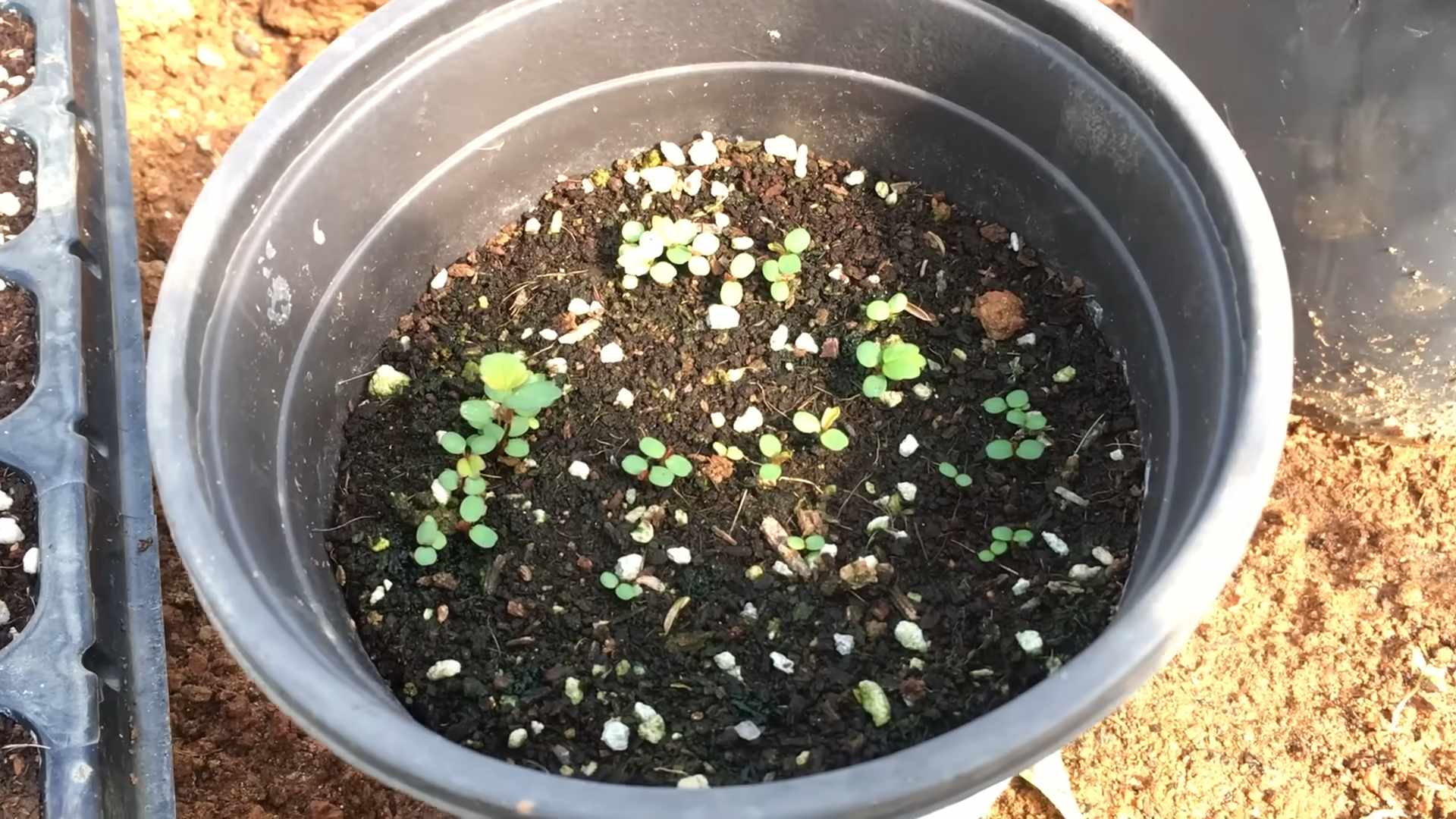
Conclusion
So there you have it – your comprehensive guide to the rewarding world of DIY strawberry growing! This isn’t just about harvesting delicious, sun-ripened berries; it’s about connecting with nature, understanding the life cycle of a plant, and experiencing the immense satisfaction of nurturing something from seed to succulent fruit. This DIY strawberry growing method is a must-try because it empowers you to control the quality and freshness of your strawberries, ensuring a superior taste compared to store-bought options. You’ll be amazed by the vibrant flavor and unparalleled aroma of homegrown strawberries, a taste that simply can’t be replicated. Beyond the delicious reward, the process itself is incredibly fulfilling, offering a therapeutic escape from the daily grind and a chance to engage in a rewarding hobby. Whether you have a sprawling garden or a small balcony, this method adapts to your space, making it accessible to everyone.
Beyond the basic method outlined, the possibilities for variation are endless. Experiment with different strawberry varieties – each boasts its unique flavor profile and growing characteristics. Consider using different containers; hanging baskets offer a space-saving solution, while raised beds provide excellent drainage and soil control. You can also explore companion planting, incorporating herbs like basil or thyme near your strawberry plants to deter pests and enhance the overall health of your plants. For those with limited sunlight, consider supplementing with grow lights to ensure optimal growth, especially during the shorter days of the year. Don’t be afraid to get creative! Try different soil mixes, experiment with organic fertilizers, and observe your plants closely to understand their individual needs. The beauty of DIY strawberry growing lies in its adaptability and the opportunity for personalized experimentation.
We strongly encourage you to embark on this exciting journey of DIY strawberry growing. Share your experiences, successes, and even your challenges with us and the wider community. Post pictures of your thriving strawberry plants and luscious harvests on social media using #DIYStrawberryGrowing. Let’s build a supportive network of fellow strawberry enthusiasts, sharing tips, tricks, and celebrating the joys of homegrown goodness. Remember, even minor setbacks are valuable learning opportunities in this rewarding process. Don’t be discouraged by initial challenges; embrace the learning curve and enjoy the journey. The sweet taste of success – both literally and figuratively – awaits you! Start your DIY strawberry growing adventure today and experience the unparalleled joy of harvesting your own delicious, homegrown strawberries.
Frequently Asked Questions
What type of strawberries are best for beginners?
For beginners, June-bearing strawberries are generally recommended. These varieties produce a large crop of strawberries once a year, typically in June, making them easier to manage for first-time growers. They are also relatively low-maintenance and readily available at most nurseries.
How much sunlight do strawberry plants need?
Strawberry plants thrive in full sun, meaning at least 6-8 hours of direct sunlight per day. However, in extremely hot climates, some afternoon shade might be beneficial to prevent scorching. Observe your plants; if they appear wilted or stressed, consider providing some shade during the hottest part of the day.
What kind of soil is best for growing strawberries?
Strawberries prefer well-drained, slightly acidic soil with a pH between 6.0 and 6.8. Amend heavy clay soils with organic matter like compost or peat moss to improve drainage. Sandy soils may benefit from the addition of organic matter to retain moisture.
How often should I water my strawberry plants?
Consistent watering is crucial for healthy strawberry plants. Aim to keep the soil consistently moist but not waterlogged. Water deeply and less frequently rather than shallowly and often. The frequency of watering will depend on your climate and soil type; check the soil moisture regularly by sticking your finger a couple of inches into the soil. Water when the top inch feels dry.
What are some common pests and diseases that affect strawberries?
Common strawberry pests include aphids, spider mites, and slugs. Diseases include gray mold (botrytis) and powdery mildew. Regularly inspect your plants for signs of pests or diseases. Consider using organic pest control methods such as insecticidal soap or neem oil for pest infestations. Good air circulation and proper spacing of plants can help prevent fungal diseases.
When can I expect to harvest my strawberries?
The harvest time depends on the variety of strawberry you’re growing and your climate. June-bearing strawberries typically produce a large crop in June, while everbearing varieties produce smaller crops throughout the growing season. Check the individual variety description for specific harvest times. Strawberries are ready for harvest when they are fully colored and slightly soft to the touch.
Can I grow strawberries in containers?
Absolutely! Container gardening is a great option for growing strawberries, especially if you have limited space. Choose containers that are at least 12 inches deep and have drainage holes. Use a well-draining potting mix and ensure the containers receive adequate sunlight.
What should I do with my strawberry plants after harvest?
After the main harvest, remove any spent flowers and runners to encourage the plant to focus its energy on producing more fruit. For June-bearing varieties, you can trim back the foliage after harvest. For everbearing varieties, continue to care for the plants as usual, providing adequate water and nutrients to promote continued fruiting.
How do I propagate strawberry plants?
Strawberries can be propagated through runners (stolons), which are stems that grow horizontally along the ground and produce new plants. Once the runners have developed roots, you can carefully separate them from the mother plant and transplant them into new containers or locations in your garden. You can also propagate strawberries from seeds, though this method is more time-consuming.
What are the benefits of growing my own strawberries?
Growing your own strawberries offers numerous benefits, including the unparalleled taste and freshness of homegrown berries, the satisfaction of nurturing plants from seed to harvest, the ability to control the quality and growing conditions, and the opportunity to engage in a rewarding and therapeutic hobby. Plus, you’ll save money compared to buying strawberries from the store!

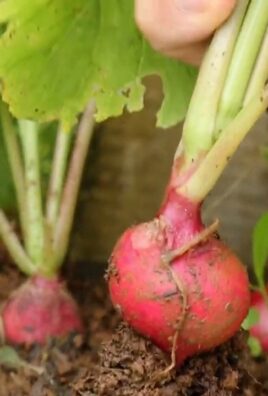
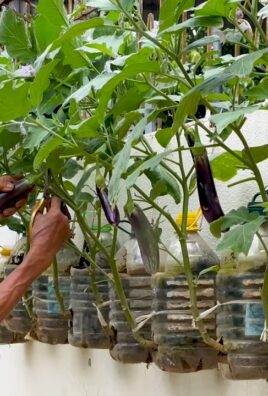
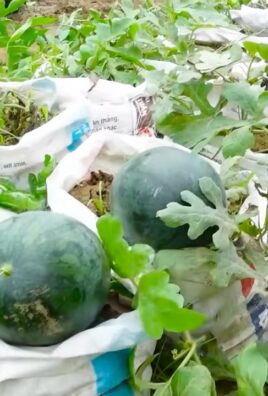
Leave a Comment